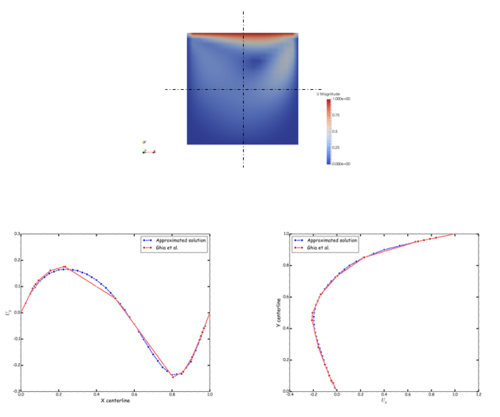Difference between revisions of "Cavity by Joel Guerrero"
Jump to navigation
Jump to search
| Line 4: | Line 4: | ||
* '''affiliation''': Universita degli Studi di Genova, Wolf Dynamics | * '''affiliation''': Universita degli Studi di Genova, Wolf Dynamics | ||
* '''contact''': <mail address='joel.guerrero@unige.it' description='author'>click here for email address</mail> | * '''contact''': <mail address='joel.guerrero@unige.it' description='author'>click here for email address</mail> | ||
| − | * '''OpenFOAM version''': | + | * '''OpenFOAM version''': 6.x |
* '''published under''': CC BY-SA license ([https://creativecommons.org/licenses creative commons licenses]) | * '''published under''': CC BY-SA license ([https://creativecommons.org/licenses creative commons licenses]) | ||
Revision as of 18:48, 6 August 2019
- contributor: Joel Guerrero
- affiliation: Universita degli Studi di Genova, Wolf Dynamics
- contact: click here for email address
- OpenFOAM version: 6.x
- published under: CC BY-SA license (creative commons licenses)
Go back to Day 2.
The driven cavity case - Revisited
In this tutorial, we revisit the classical driven cavity case and we dissect every single dictionary of the case directory. You will learn about,
- Directory structure of an OpenFOAM case
- Simulation workflow
- Saving log files
- How to control the simulation
- Understanding the screen output
- Basic post-processing with paraFoam
- Basic meshing with blockMesh
- Monitoring the solution
- How to interpret errors
- Sampling and plotting
You can download the case files in this link.
Go back to the contributions page.
